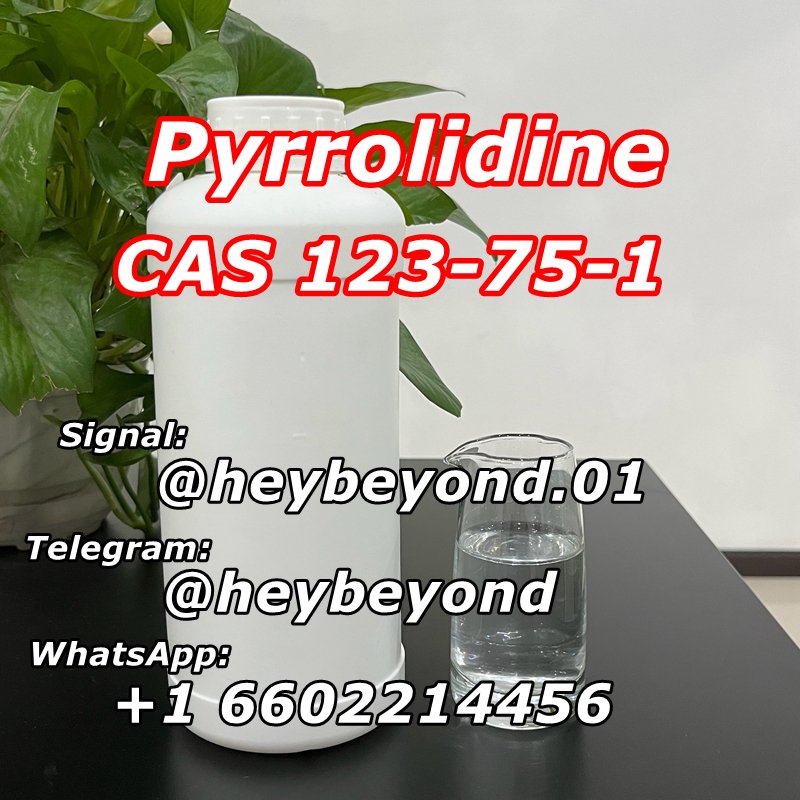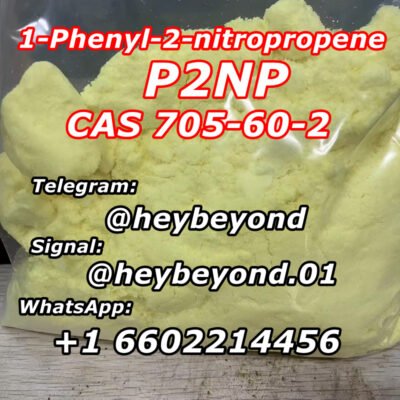Pyrrolidine CAS 123-75-1, also known as tetrahydropyrrole, is an organic compound with the molecular formula (CH2)4NH. It is a cyclic secondary amine, also classified as a saturated heterocycle. It is a colourless liquid that is miscible with water and most organic solvents. It has a characteristic odor that has been described as “ammoniacal, fishy, shellfish-like”. In addition to pyrrolidine itself, many substituted pyrrolidines are known.
Pyrrolidine Product Information
| Product Name | Pyrrolidine |
| Synonyms | TETRAMETHYLENEIMINE; pyrrolidine,tetrahydropyrrole; PYRROLIDINE,REAGENT; TETRAHYDROPYRROLE(PYRROLIDINE); PYRROLIDINE 99+%; PYRROLIDINE, REDISTILLED, 99.5+%; 1-AZACYCLOPENTANE |
| CAS NO | 123-75-1 |
| Molecular Formula | C4H9N |
| Molecular Weight | 71.12 |
| Melting point | -63 °C |
| Boiling Point | 87-88 °C(lit.) |
| Flash Point | 37 °F |
| Density | 0.866 |
| Storage | Store at dry and cool place |
| Appearance | Colorless or yellow liquid with a special smell |
| Solubility | Miscible with alcohol, ether, chloroform and water. |
CAS 123-75-1 Picture

Production and synthesis
Industrial production
Pyrrolidine is prepared industrially by the reaction of 1,4-butanediol and ammonia at a temperature of 165–200 °C and a pressure of 17–21 MPa in the presence of a cobalt- and nickel oxide catalyst, which is supported on alumina.
The reaction is carried out in the liquid phase in a continuous tube- or tube bundle reactor, which is operated in the cycle gas method. The catalyst is arranged as a fixed-bed and the conversion is carried out in the downflow mode. The product is obtained after multistage purification and separation by extractive and azeotropic distillation.
Laboratory synthesis
In the laboratory, pyrrolidine was usually synthesised by treating 4-chlorobutan-1-amine with a strong base:
Furthermore, 5-membered N-heterocyclic ring of the pyrrolidine derivatives can be synthesized via cascade reactions.
Reactions
Pyrrolidine is a base. Its basicity is typical of other dialkyl amines. Relative to many secondary amines, pyrrolidine is distinctive because of its compactness, a consequence of its cyclic structure.
Pyrrolidine is used as a building block in the synthesis of more complex organic compounds. It is used to activate ketones and aldehydes toward nucleophilic addition by formation of enamines (e.g. used in the Stork enamine alkylation):
Contact
Signal: @heybeyond.01
Telegram: @heybeyond
WhatsApp: +1 6602214456
Products Website: https://pmk-28578-16-7.com















Reviews
There are no reviews yet.